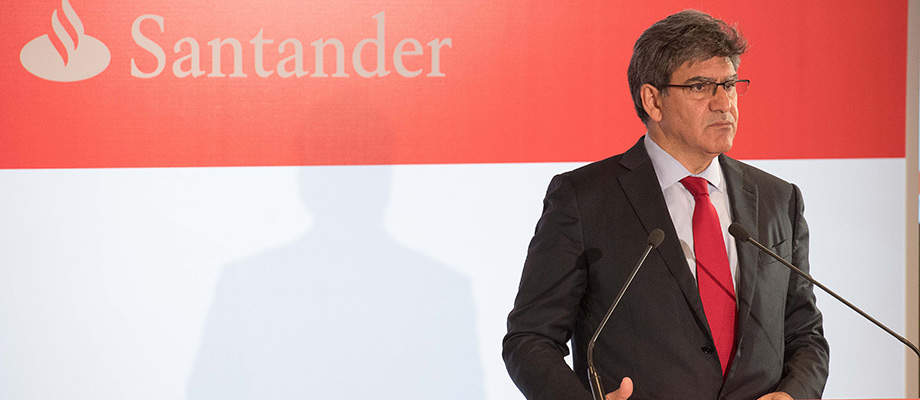
Santander UK’s impairment from the Carillion reverse factoring scheme totalled £91m (€103m), a letter from the bank to British MPs has revealed, along with details on how the scheme operated.
Writing to Parliament’s Work and Pensions and Business, Enterprise and Industrial Strategy Select Committees, the bank’s chief risk officer, Patricia Halliday explained how under the early payment facility (EPF), payments to Carillion’s suppliers could be processed, through an online portal, in one of three ways:
- Under the “remittance” service, the bank would pay the suppliers in full on the invoice’s due date, subject to Carillion providing enough funds to do so.
- Under the “auto-discounting” service, suppliers could choose to sell all of their confirmed invoices to Santander, at a discount.
- Under the “ad hoc discounting” service, part of the invoices could be sold to Santander, still at a discount, up to three days before their due date.
Santander said its exposure under EPF averaged £109m throughout 2016. Following Carillion’s profit warnings during summer 2017, the bank committed £28m as part of a £140m help package to the construction company, subject to a disposal of certain operations.
When updates on the restructuring plan kept being delayed, Santander decided to terminate the auto-discounting element of EPF. On December 27, it told Carillion it would keep paying invoices under ad hoc discounting terms, for up to the bank’s then-exposure of around £101m. At Carillion’s request, exposure was raised to £117m, in line with Carillion’s forecast peak utilisation of EPF by suppliers in January.
Between December 27 and January 15, the day Carillion went into liquidation, Santander paid suppliers £14m in discounted invoices and £600,000 under remittance terms.
The £91m impairment is separate from committed exposures to Carillion, for which Halliday said the bank had “taken significant additional bad debt provisions”.
How well do you really know your competitors?
Access the most comprehensive Company Profiles on the market, powered by GlobalData. Save hours of research. Gain competitive edge.

Thank you!
Your download email will arrive shortly
Not ready to buy yet? Download a free sample
We are confident about the unique quality of our Company Profiles. However, we want you to make the most beneficial decision for your business, so we offer a free sample that you can download by submitting the below form
By GlobalDataIn a statement published contextually to Halliday’s letter, the Parliamentary Committees cited notes from Moody’s and Standard & Poor’s which highlighted Carillion’s misuse of EPF to “prop up [its] failing business model”.
In a note published on March 13, two months after Carillion’s collapse, Moody’s criticised the way EPF debt was accounted for in the company’s balance sheets.
Carillion reported £148 in bank loans and overdrafts in its 2016 accounts. Moody’s said it believed EPF exposure – which it estimated at £498m – had been accounted for under the “other creditors” category, and had consequently been excluded from borrowings.
“Reverse factoring … is increasingly widespread,” Moody’s said in its note. “However, in the absence of a specific accounting requirement, few companies make explicit disclosure of agreements with suppliers and banks. The possible existence of these arrangements can often only be uncovered by scrutiny of the amounts reported as trade payables and other creditors.”
Trevor Piper, Moody’s vice president and senior credit officer, added: “Carillion’s approach to its reverse factoring arrangement had two key shortcomings: the scale of the liability to banks was not evident from the balance sheet, and a key source of the cash generated by the business was not clear from the cash flow statement.”






